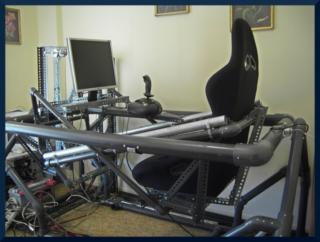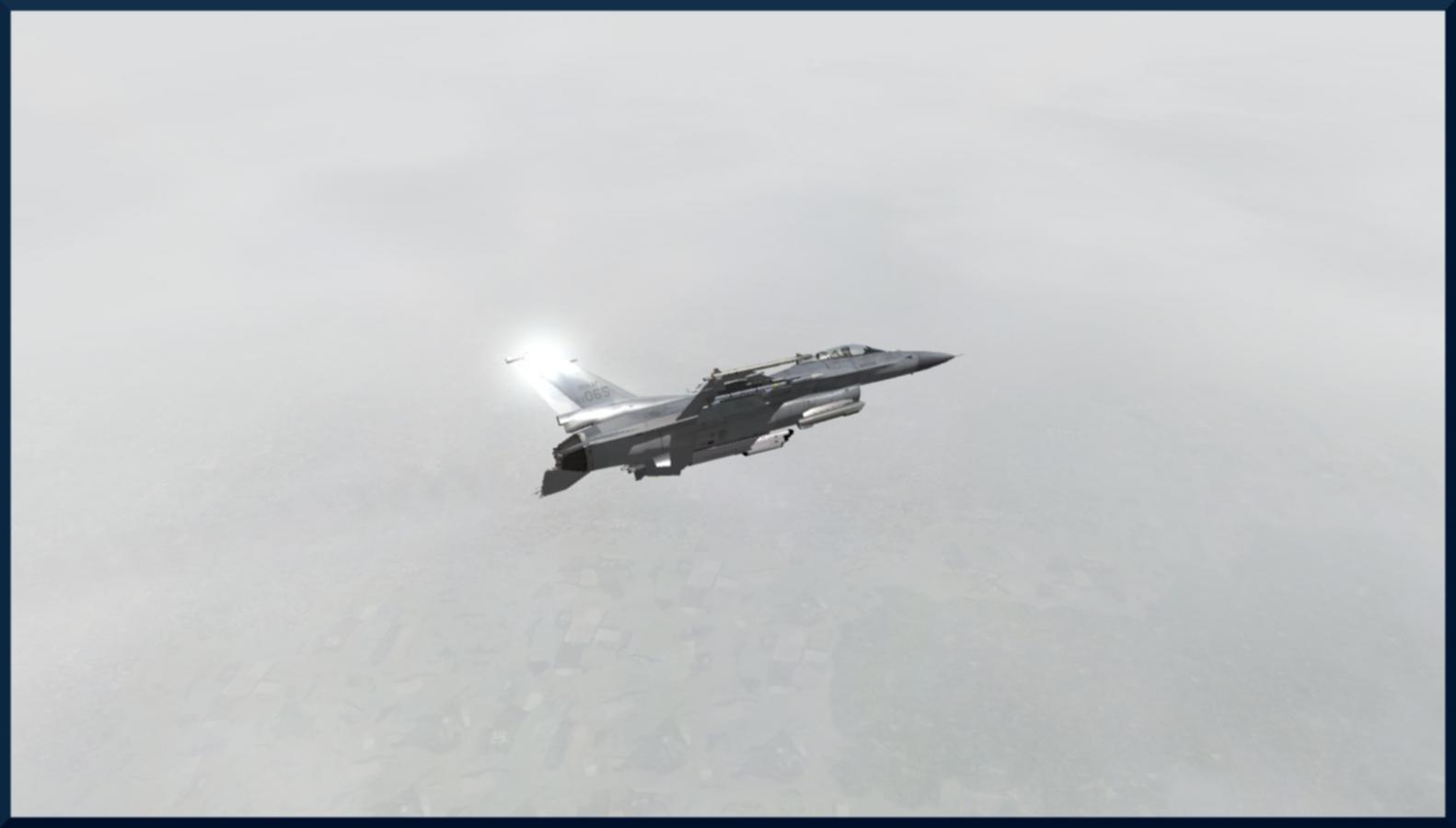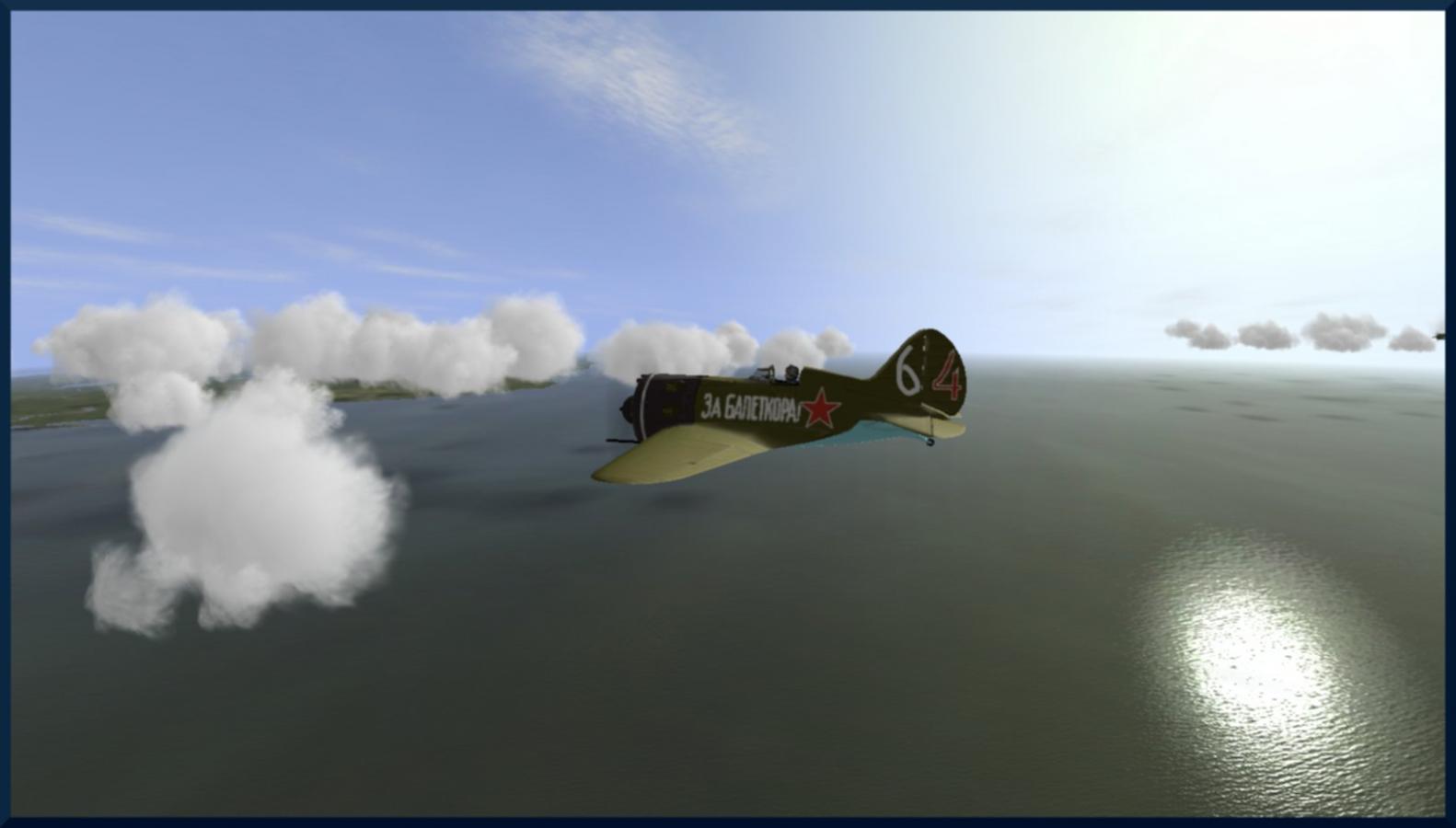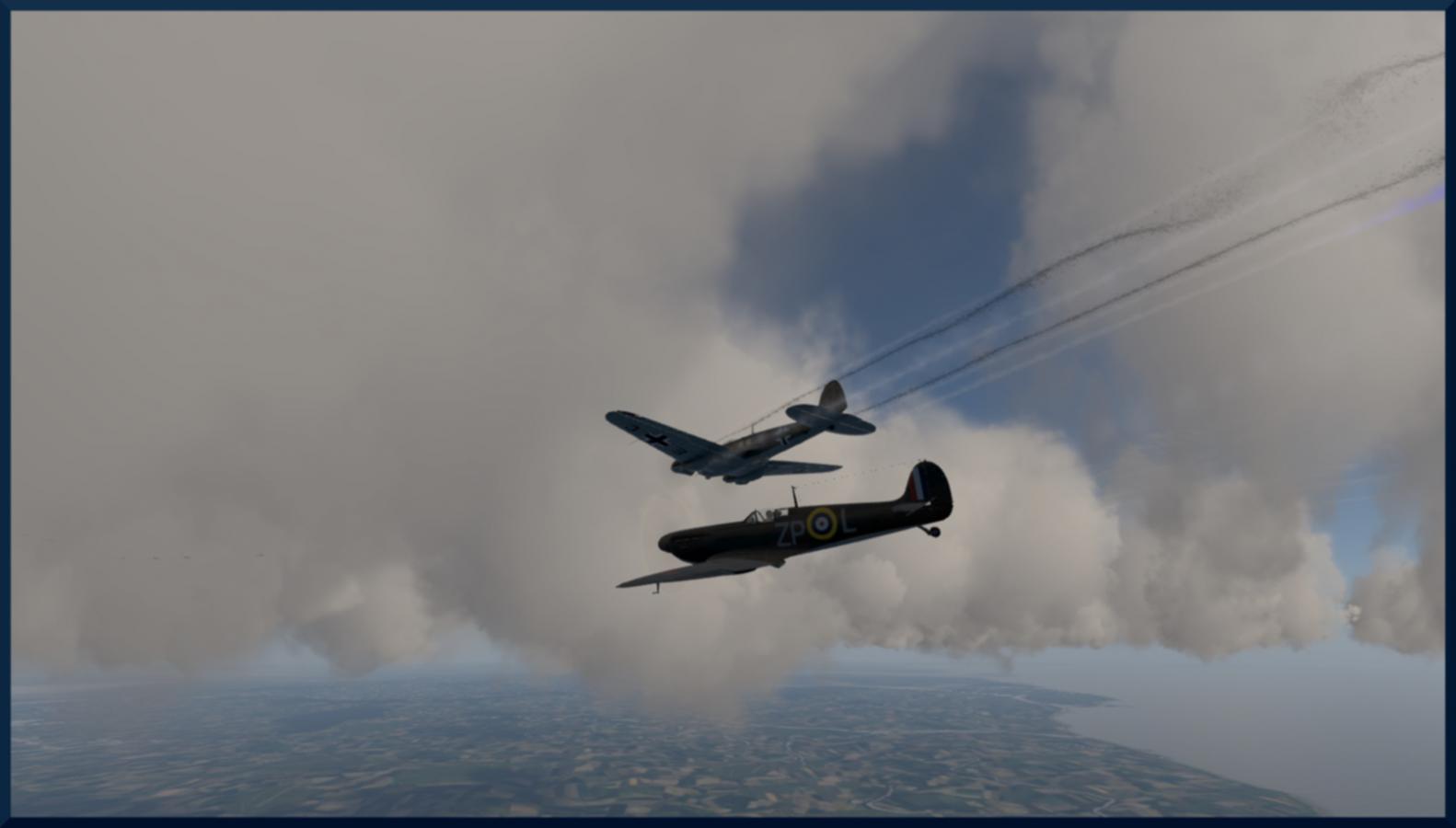FliersHaveMerit
Fliers have merit, those meritorious fly, those who don't fly have no merit!
Flight Simulators
Training pilots in flight produces expenses and exposes trainees to danger which resulted, somewhere along the way, in the need to perform a part of the pilot training on the ground. The evolution of flight simulators lasted almost as long as the evolution of aviation itself, one of the products of which is a six degrees of freedom motion platform flight simulator produced by the SIMTEQ company, visible on figure 1.
Motion platform flight simulator by SIMTEQ- Figure 1
Components that make simulating flight possible on such a simulator are:
-
Flight model;
-
Cockpit model;
-
Flight controls model;
-
Simulated aeroplane systems models;
-
Graphical display of the outside world;
-
Sound model;
-
Motion platform.
Let's take a closer look at what each of these components provides:
-
Behaviour of an aeroplane in flight, as well as while taxiing, is defined by the flight model. Basically, the flight model solves differential equations of motion of an aeroplane in flight, which yields accelerations, while integrating said equations yields speeds and coordinates that define the position of the simulated aeroplane. For this to be possible, it is necessary to know the forces which act upon an aeroplane such as the aerodynamic force, propulsive force etc;
-
Model of the cockpit of the simulated aeroplane with this kind of simulators is physical and represents an exact copy of the cockpit of the simulated aeroplane;
-
Flight controls model, meaning the model of the flight stick, rudder pedals and the rest is situated within the cockpit model;
-
Models of the simulated aeroplane systems include models of the inertial- navigation system, radio- communication system or system of radio- beacon navigation, engine control systems etc, and they will interact with the cockpit model or some of it's instruments or devices, the flight model as well as the sound model;
-
Graphical representation of the outside world is a window through which the virtual world in which the simulated flight is performed is viewed and, with simulators like this one, the aspiration is to cover the field of visibility from the simulated aeroplane's cockpit by the field of view of the display. This aspiration is actualized in several ways, one of which is projecting the image from a cathode ray tube onto a spherical mirror;
-
The sound model is meant to provide for emitting of all sounds audible by the pilot of the aeroplane that is simulated under the appropriate circumstances. This pertains to the sounds of the outside world as well as the sounds produced by the aeroplane that is being simulated;
-
Since humans are capable of sensing the motion of an aeroplane in flight, a great portion of the skill of flying a plane consists of responding to the stimuli produced by said motion. This is why flight simulators are supplied with motion platforms which simulate accelerations that act upon an aeroplane in flight.
An average aviation and PC flightsim enthusiast may ask oneself what is it that the simulators described above have that PC flight simulators can't offer. Somewhat surprising answer, if what individual users were able to build along with what's available in stores and what PC flight simulators provide is taken into account, would be: not much. Components which are the most difficult to produce for the home user, the motion platform and the cockpit model, are shown on figures 2 and 3. The motion platform is the work of Thanos Contogianis for whom, apparently, this represents more than a hobby. With regard to flight modelling, PC flight simulators which will be mentioned on this website are characterized by advanced flight models, which provide for precise modelling of the behaviour of the simulated aircraft in flight, covering sustained performance as well as stability and control. PC flight simulators come equipped with 3D cockpit models with which the user can interact via the mouse, known as the clickable cockpits, which eliminate the need for building a physical cockpit model such as the one shown on figure 3 from the standpoint of acquainting oneself with the cockpit of the aircraft or with the functioning and usage of cockpit instruments and relevant systems, which are also modeled. Graphical display on a single monitor paired with a head tracking system represents a good solution, while a virtual- reality headset such as the Occulus Rift eliminates the need for what little imagination the usage of a head tracking system with a monitor imposes upon the user. Control devices such as flight sticks, yokes, rudder pedals and HOTAS sets are available in retail and, in some instances, represent exact copies of corresponding devices in certain aircraft, which didn't discourage some home users from building their own control devices. Sound model related to modern PC flight simulators is as good as the loudspeaker set the home user has at one's disposal. Off course, not every user will have every component mentioned above, and the quality of the individual flight simulating experience remains as high as the home user's investment.
Home motion platform- Figure 2
Home cockpit- Figure 3
A lot more can be written about flight simulators than what was stated above, but the goal was to illustrate that PC flight simulators aren't built frivolously and that they are not played but used to simulate flight. A few PC flight simulators that meet or surpass the high standard indicated will be mentioned, while avoiding civilian flight simulators with a passion:
If You are ready to get pumped visit totally sweet mammels, or the following website.







